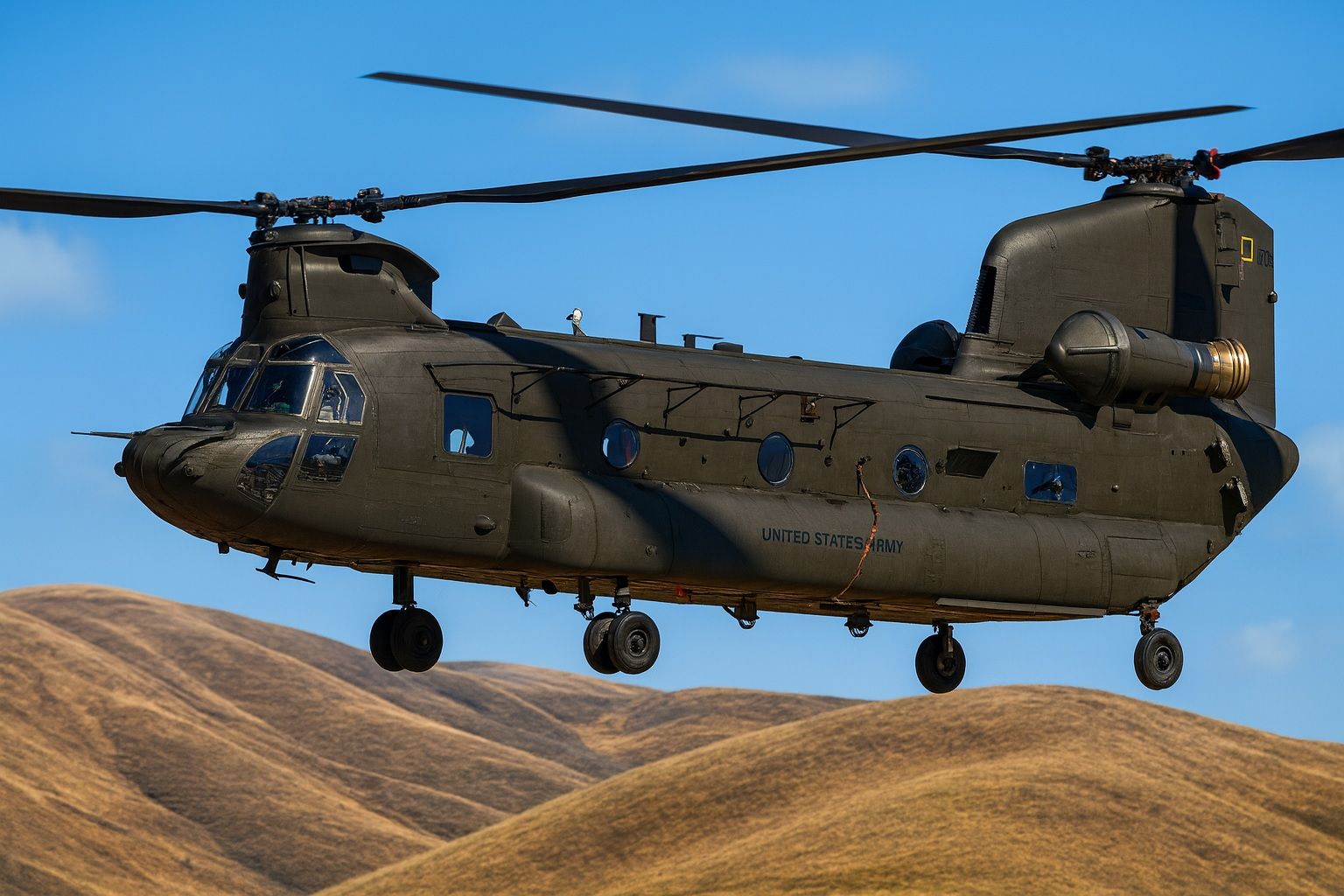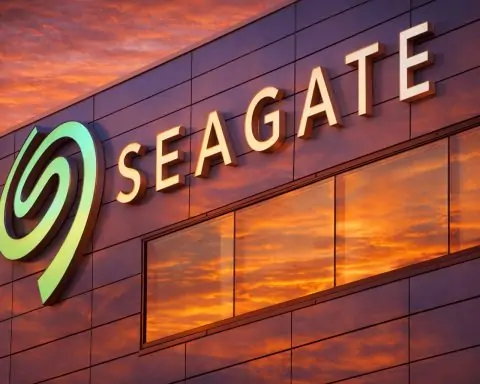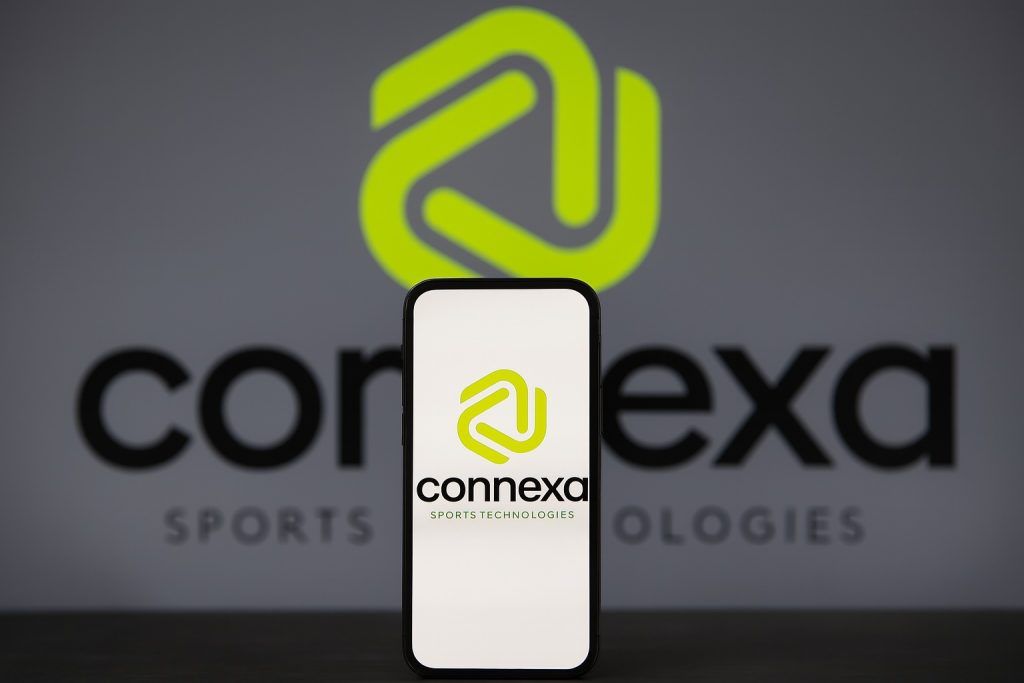- US Army contract: Boeing announced on Oct. 21 it secured two U.S. Army awards (Lots 4 & 5) worth $461 million to build nine CH-47F Block II Chinook helicopters [1] [2]. This raises the number of Block II Chinooks on contract to 18.
- Heavy-lift upgrades: The CH-47F Block II is a modernized version of the tandem-rotor “Chinook” helicopter – a versatile heavy-lift workhorse for the U.S. and ~20 allied nations [3] [4]. Block II adds a new drivetrain, stronger airframe and fuel system improvements, letting it carry ~4,000 lb more and fly farther on a single load [5] [6]. Boeing says these upgrades let the Chinook meet the Army’s needs for 40+ more years [7] [8].
- Army modernisation: The awards come after an Army “Rapid Fielding” decision (Sept 30, 2025) to procure Block II helicopters with FY2025–26 funds and equip two Combat Aviation Brigades (≈24 aircraft) for future large-scale combat operations [9] [10]. Army officials emphasize Block II’s contested-logistics role: it gives commanders much greater payload and range, enabling some missions in one sortie instead of two [11] [12]. “With the Block II Chinook’s increased gross weight…we can carry more,” says Army pilot CW2 Jordan Brooks [13], and “Block II…ensures the Army retains a heavy-lift advantage in contested environments,” adds Army program manager COL Jennie Conlon [14].
- Industry context: The US defense budget for 2025 is about $849 billion (plus ~$156 B supplemental) [15], a record-high level that lifts all major defense contractors. In fact, the broader U.S. aerospace & defense sector is up ~44% this year [16]. One allied nation has already committed to buy 60 Chinook Block IIs and others are interested [17], underlining the platform’s global appeal.
- Boeing stock: Investors are upbeat. Boeing (NYSE: BA) shares recently traded in the low-$210s – about $217 at the Oct.21 close [18] – up ~45–46% over the past 12 months [19] [20]. Analysts rate BA a “Strong Buy” with an average 12-month target near ~$240 [21] [22]. They note Boeing’s huge order backlog (~$619 billion) and accelerating jet deliveries (385 delivered by Aug 2025 vs 348 in 2024 [23]) have underpinned the rally. TS2.tech reports these factors, along with fresh big aircraft orders, have propped up Boeing’s outlook [24] [25]. Wall Street expects Boeing to stay cash-positive by late 2025 and profitable by 2026, assuming the production ramp continues.
What’s the Boeing-Chinook Deal?
On Oct. 21 Boeing confirmed it won two Army contracts to produce nine CH-47F Block II helicopters [26] [27]. The awards (Lots 4 and 5) are valued at $461 million and “bring the total number of Block II aircraft under contract to 18” [28] [29]. Boeing spokesman Heather McBryan (VP of Cargo Programs) emphasized that “the rapid succession of contracts indicates that the Chinook will continue to play an important role in the U.S. Army’s family-of-systems, particularly in a contested logistics environment” [30]. Boeing delivered the first Block II aircraft in mid-2024 and six total are now undergoing evaluations with the Army [31]. The new deals follow the Army’s Sept. 30 decision to accelerate Block II fielding using FY2025–26 funds [32] [33].
For background, the Chinook (CH-47) is a twin-rotor heavy-lift helicopter that has been in U.S. service since the 1960s [34] [35]. It is used worldwide for cargo and troop transport, search-and-rescue, casualty evacuation, disaster relief and more [36]. Despite its odd “ugly” appearance (often compared to the A-10 Warthog for its blunt looks [37]), it is a proven workhorse: the Army calls it an advanced, multi-mission platform carrying soldiers, vehicles, and supplies. The Block II package is a major “recap” of the design. Boeing engineers strengthened the drivetrain and airframe, boosting the Chinook’s maximum gross weight by ~4,000 lb [38] [39]. The result is a tandem-rotor helicopter that can lift significantly more cargo. The fuel system was also overhauled to extend range under heavy loads [40]. Combined with modern digital avionics (common to the Block I, but upgraded) and better sustainment, Boeing says the CH-47F Block II will remain “the most advanced and capable heavy-lift aircraft in its class” and meet the Army’s goal of flying 40 years more [41] [42].
Army’s Heavy-Lift Modernization
The U.S. Army has prioritized heavy-lift modernization in its Future Vertical Lift plans. By committing to two full aviation brigades (~24 helicopters), the Army intends to give frontline commanders far more lift capacity for any future large-scale conflict [43] [44]. As Army personnel note, the Block II improvements directly translate into operational advantages. With the new engines and drivetrain torque, “we can carry more,” explains CW2 Jordan Brooks, a Chinook pilot – in practical terms, many missions that currently require two sorties with a legacy Chinook can be done in one Block II sortie, reducing crew exposure and speeding up logistics [45]. Program Manager COL Jennie Conlon stresses that Block II is not just incremental: it is meant to “ensure the Army… retain a heavy-lift advantage in contested environments” [46], meaning it can project power and sustain forces deeper into denied areas. Indeed, an Army statement notes the new helicopters will support two Combat Aviation Brigades and “update the Army’s heavy-lift capabilities for future large-scale combat operations” [47].
The heavy-lift upgrade also aligns Army and Special Operations fleet logistics: the CH-47F Block II shares major components with the MH-47G special-operations Chinook, which simplifies maintenance and training. (Notably, the US Special Operations Command already has over 50 MH-47Gs on order, but the Block II shares enough commonality to benefit both programs.) Internationally, interest is growing too – one U.S. partner has already committed to buying 60 Block II Chinooks for its forces [48] – a signal that the modernized Chinook is seen as critical allied capability.
Boeing’s Stock and Market Impact
For Boeing, the deal is another win on its defense side. The company’s defense business – including helicopters, fighters, tankers, and satellites – is benefiting from record Pentagon budgets and global military spending. Boeing is also enjoying a surge in its commercial backlog (~$619 billion by summer 2025) and a ramp in aircraft deliveries [49]. All this has helped Boeing’s share price: after years of turmoil, BA stock has climbed roughly 45–46% in the last 12 months [50] [51]. As of Oct. 21, 2025, BA closed around $217 per share [52], near the top of its recent range.
Analysts remain bullish. According to StockAnalysis.com, 18 major firms rate Boeing a “Strong Buy,” with an average 12-month target near $240 [53] (about 10% above current levels). Market newsletters like TS2.tech echo this: they note Boeing’s enormous backlog (nearly 5,900 aircraft!) and accelerating deliveries (385 aircraft by Aug. 2025 versus 348 in all of 2024) as key drivers [54]. In TS2’s view, such “mega-orders” have propped up Boeing’s outlook, and the recent FAA approval to boost 737 production adds further momentum [55] [56].
That said, experts counsel caution. Boeing still faces supply-chain challenges and debt (~$53 B) [57]. Some analysts warn that any new delays or quality issues could reverse the rally. As BofA’s Ron Epstein puts it, Boeing’s “biggest risk… is do they end up becoming a great company again or just a mediocre company?” [58]. In other words, investors will be watching Boeing’s upcoming Q3 financial report (due Oct. 29) and production progress. If Boeing meets its delivery and cash-flow targets, many see room for further gains [59]. But even small missteps could shake confidence.
The chinook contract itself is a tailwind: sustained defense orders reduce revenue volatility. Boeing’s CEO Kelly Ortberg has stressed that production ramps will “drive financial performance” – returning the company to profitability by 2026 if all goes well [60]. The new Chinooks, along with other Navy and NASA contracts, help diversify Boeing’s revenue and keep its manufacturing plants busy.
Outlook and Future Prospects
In sum, the $461M Chinook order is a clear vote of confidence in Boeing’s heavy-lift program and a boost to its defense profile. It also underscores the Pentagon’s commitment to modernizing critical airlift for tomorrow’s battlefields. For investors and analysts, it’s another sign that Boeing’s defense arm is firing on all cylinders amid a booming aerospace sector [61]. Boeing’s stock forecast remains cautiously positive: industry commentators expect that as long as Boeing executes on its orders (both commercial and military), its shares will likely stay supported or rise. TS2 notes that with strong tailwinds – from booming air travel to record defense budgets – Boeing has “room to run” if it can avoid new hitches [62] [63]. The new Chinook deal, coming off a string of large aircraft orders, certainly helps that case.
Sources: U.S. defense press releases and contract announcements [64] [65]; Army and Boeing statements [66] [67]; industry news reports [68] [69] [70]; financial analysis and stock market updates [71] [72] [73] [74].
References
1. www.reuters.com, 2. www.marketscreener.com, 3. www.aerotime.aero, 4. www.autoevolution.com, 5. www.marketscreener.com, 6. www.flightglobal.com, 7. www.marketscreener.com, 8. www.autoevolution.com, 9. www.aerotime.aero, 10. www.army.mil, 11. www.army.mil, 12. www.army.mil, 13. www.army.mil, 14. www.army.mil, 15. ts2.tech, 16. ts2.tech, 17. www.army.mil, 18. stockanalysis.com, 19. ts2.tech, 20. ts2.tech, 21. stockanalysis.com, 22. ts2.tech, 23. ts2.tech, 24. ts2.tech, 25. ts2.tech, 26. www.reuters.com, 27. www.marketscreener.com, 28. www.reuters.com, 29. www.marketscreener.com, 30. www.marketscreener.com, 31. www.marketscreener.com, 32. www.aerotime.aero, 33. www.army.mil, 34. www.autoevolution.com, 35. www.aerotime.aero, 36. www.aerotime.aero, 37. www.autoevolution.com, 38. www.marketscreener.com, 39. www.flightglobal.com, 40. www.marketscreener.com, 41. www.marketscreener.com, 42. www.autoevolution.com, 43. www.army.mil, 44. www.aerotime.aero, 45. www.army.mil, 46. www.army.mil, 47. www.aerotime.aero, 48. www.army.mil, 49. ts2.tech, 50. ts2.tech, 51. ts2.tech, 52. stockanalysis.com, 53. stockanalysis.com, 54. ts2.tech, 55. ts2.tech, 56. ts2.tech, 57. ts2.tech, 58. ts2.tech, 59. ts2.tech, 60. ts2.tech, 61. ts2.tech, 62. ts2.tech, 63. ts2.tech, 64. www.reuters.com, 65. www.marketscreener.com, 66. www.army.mil, 67. www.marketscreener.com, 68. www.aerotime.aero, 69. www.flightglobal.com, 70. www.autoevolution.com, 71. stockanalysis.com, 72. ts2.tech, 73. ts2.tech, 74. ts2.tech








